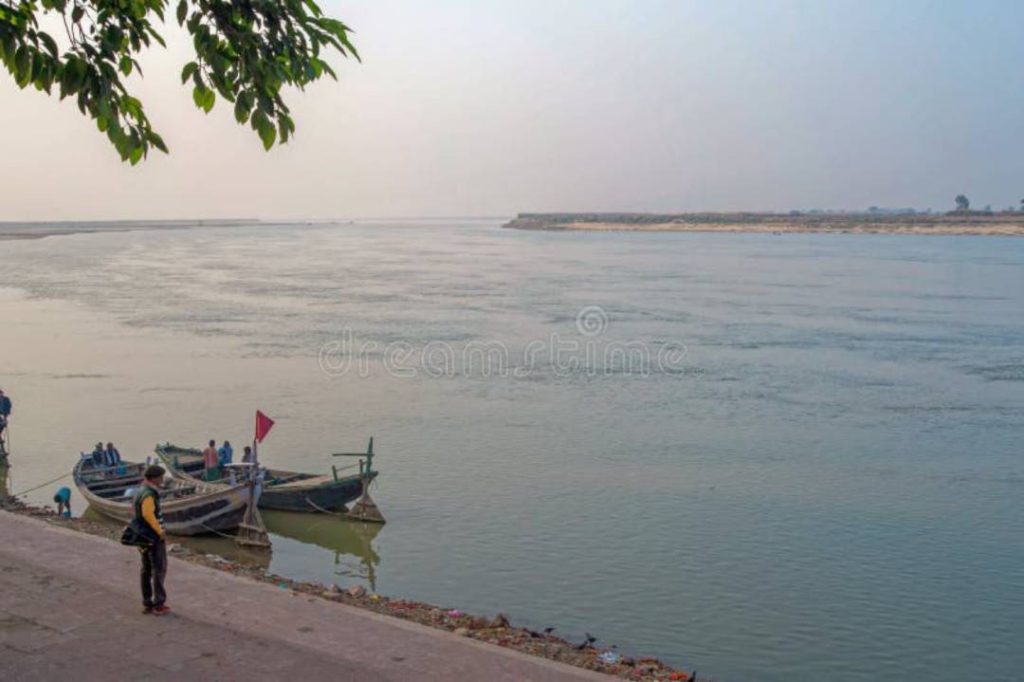In a significant push towards holistic river and environmental rejuvenation of the Ganga, the National Mission for Clean Ganga, has approved the development of a 5th wetland in Bihar’s Bhojpur District, Nathmulpur Bhagad. It aims to establish an effective management of the wetland.
The project will focus on integrating biodiversity and ecosystem service values into river basin conservation and developmental planning. The project proposes a dual approach with interventions at the sub-basin (Ghaghara, Gomti & Sone confluence) and site levels (Nathmalpur Bhagad), including activities such as wetland delineation, hydrological regime enhancement, species and habitat conservation, ecological assessment, risk evaluation, capacity building, and monitoring mechanisms to ensure the long-term health and sustainability of the wetland ecosystem.
Earlier, four other wetlands have been developed under the Namami Gange project, namely, Kalewada Jheel, Muzaffarnagar, Namiya Dah Jheel, Prayagraj and Reoti Dah Wetland, Ballia, all in UP; and the Udhwa Lake (Ramsar Site) Sahibganj, Jharkhand. Conservation of critical wetlands and promoting the reuse of treated wastewater through city specific reuse plans are key to restoring the river.
The Namami Gange Programme has been recognised as one of the top 10 world restoration flagship initiatives by UN Decade (UNEP & FAO).
The project also aims to develop city-wise plans for the reuse of treated wastewater for Agra and Prayagraj. The project aims at preparation of city level reuse plan aligned to the National Framework for Safe Reuse of Treated Water (SRTW).
Till date, the Namami Gange project initiatives have led to the entire stretch of the Ganga River meeting bathing water standards on three criteria, with no incidence of fish mortality reported in the river’s main stem since 2017, except for two areas in Uttar Pradesh, according to an official report.
The union Ministry of Environment, Forest and Climate Change, in a note on water pollution to a parliamentary committee, highlighted a considerable gap in the extended Producers responsibility (EPR) — a comprehensive policy aimed at disposal of various kinds of waste, obligations and the targets achieved. It said no incidence of coloured water discharge and fish mortality in the river’s main stem had been reported since 2017.
The programme has also led to the saving of about 719 MLD of groundwater, annual energy conservation of 1,277 MW and reduction in carbon footprint, it added.













